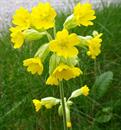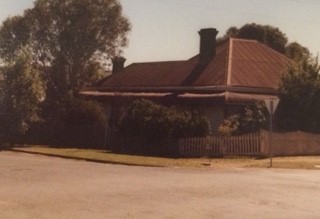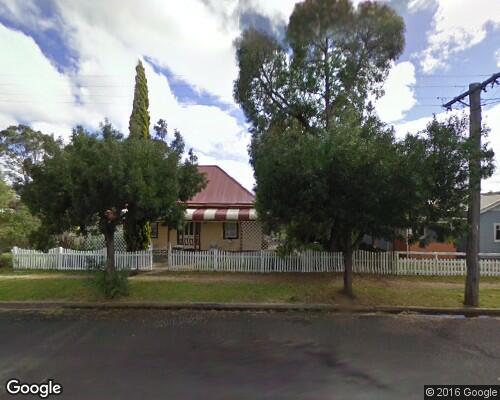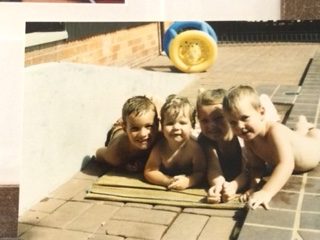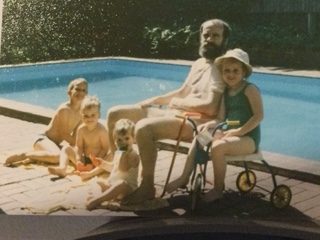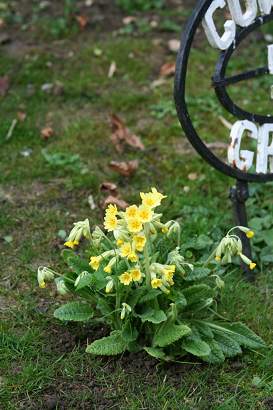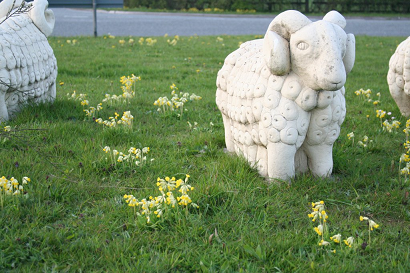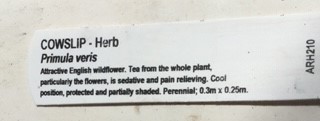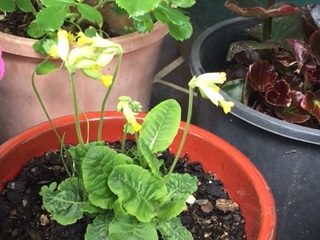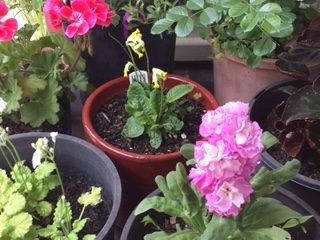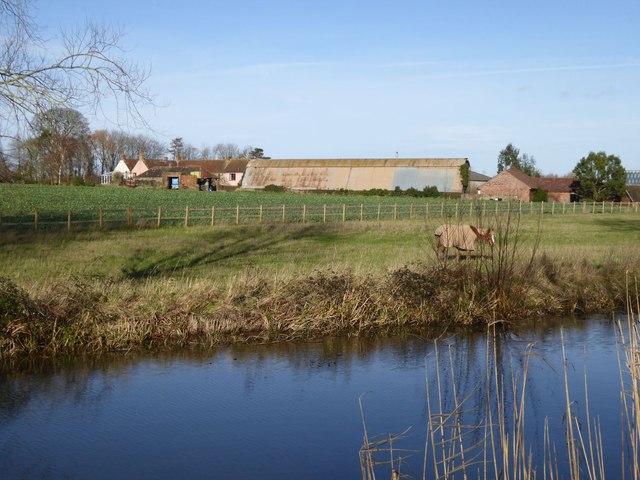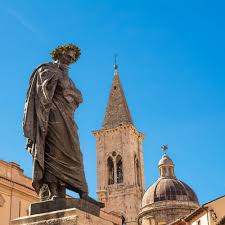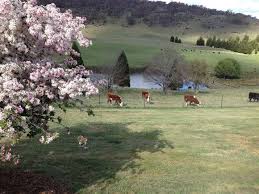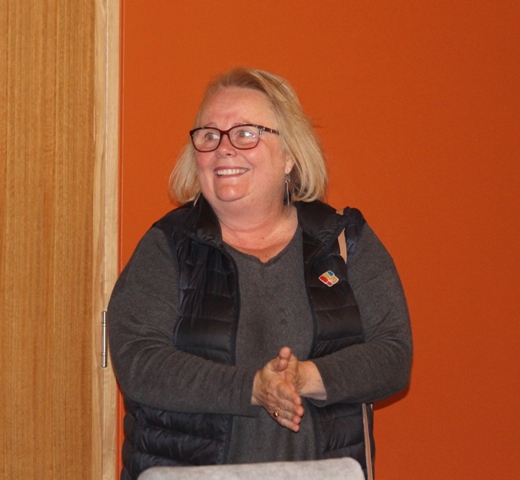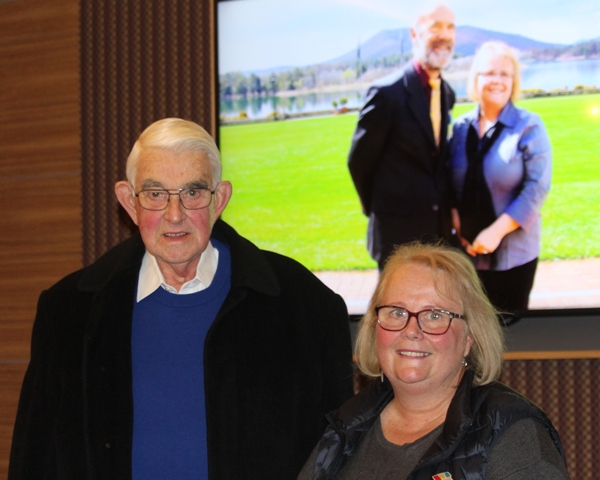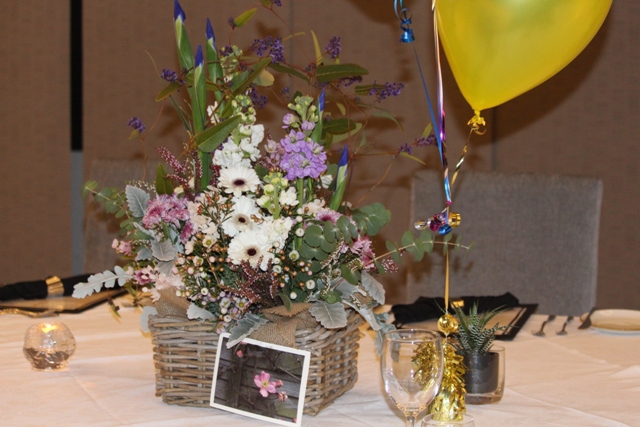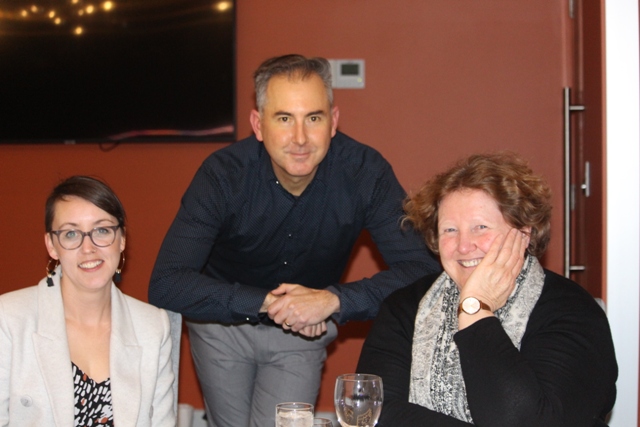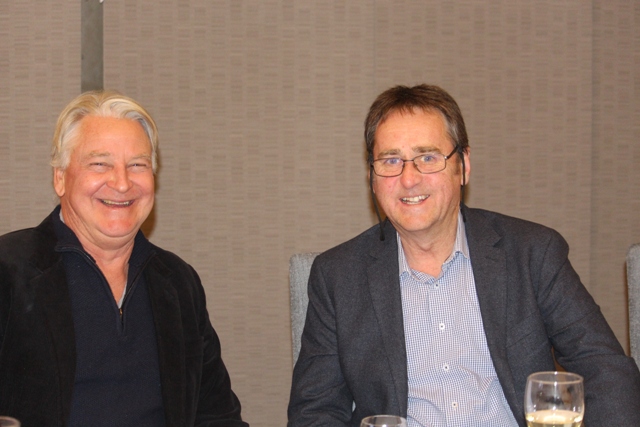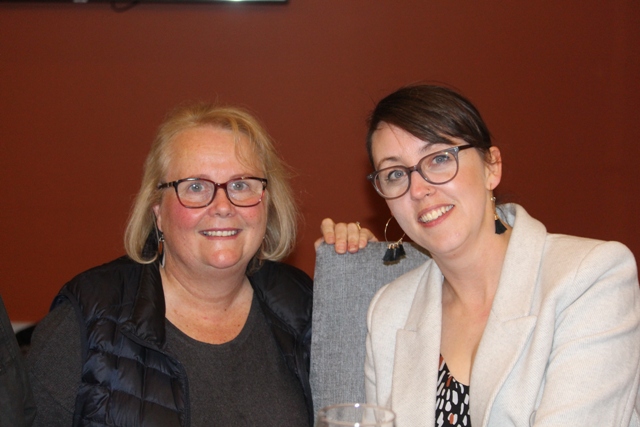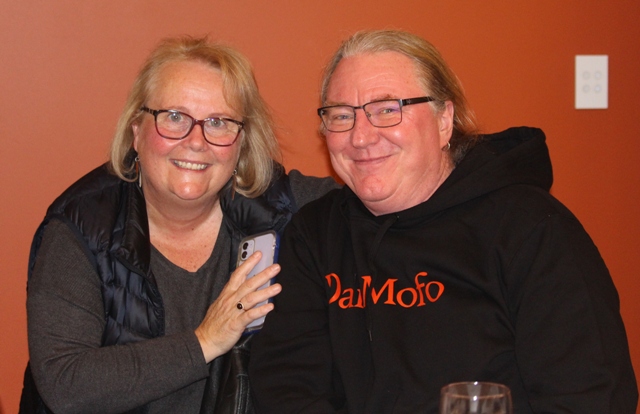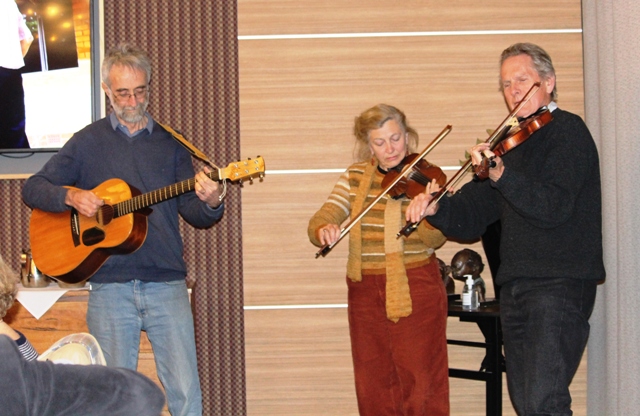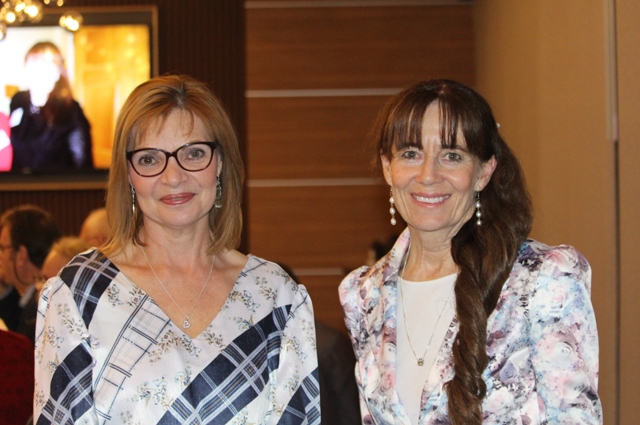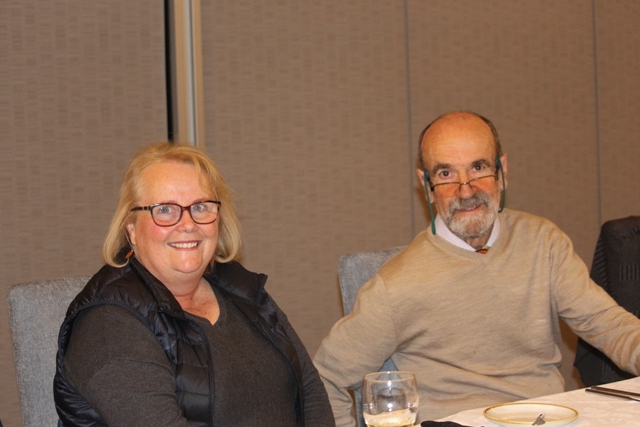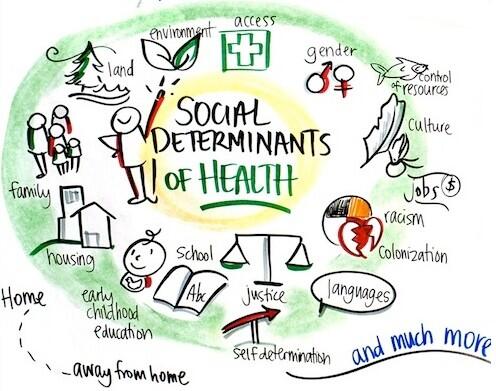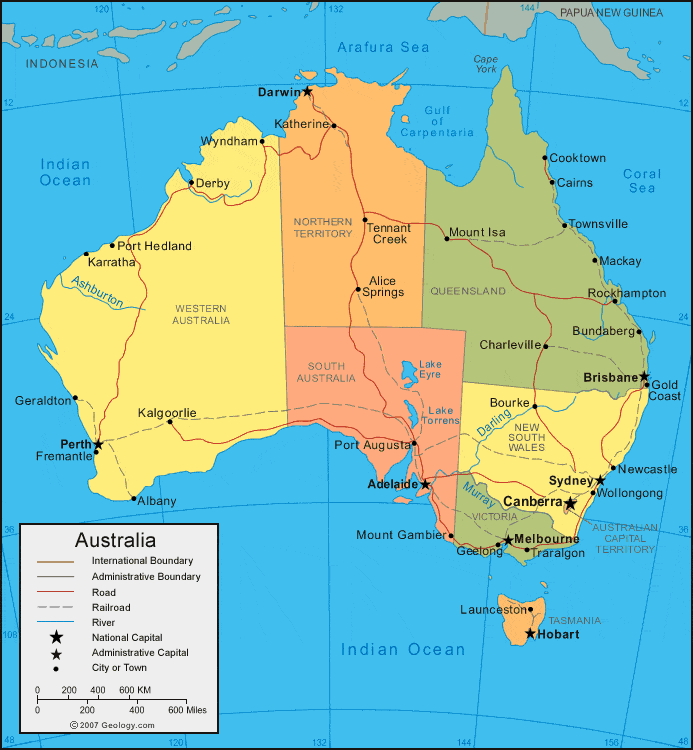In which it is explained how the arrival of a grandchild and contemplation of dysfunctional garden shears are combining to have me keep the garage tidy.
My first grandchild was born in Melbourne in July. This led to me tidying the ‘garage’ where all the tools and other gardening stuff are kept; my bedroom; the writing desk in the front room; many pot plants; and the family photo albums. It also led to a renaissance of the front garden, and a sudden change in its profile as compared with the back where all the potted flowers are.
It happened this way. The grandson’s mother and father came to Canberra for three weeks as soon as it was permissible to travel from Melbourne. His uncle – another son of mine – also came for that period so as not to miss out on the new class of family engagement now possible. (He suffers from acute FOMO.)
The stage was therefore set for major tasks: what might be called ‘outside infrastructure works’ rather than just the watering of the pot plants, picking up leaves from the prolific laurel, and other light maintenance. One of the boys did some of his real work from home while the other, the grandson’s dad, was on long service leave and therefore able to concentrate fully on these infrastructure tasks when not helping to care for the infant.
A new washing machine was bought and installed. Extra cupboard shelves were designed and built. A tumbler composter found its way into the front garden along with two raised garden beds expertly constructed by the boys. Work continued all the while on the Garden Art.
The strange thing was that, after the Melbourne team had left, I was possessed, quite uncharacteristically, of a drive to tidy up messes with which I had been living for 30 years and more. Most challenging of all were the garage:
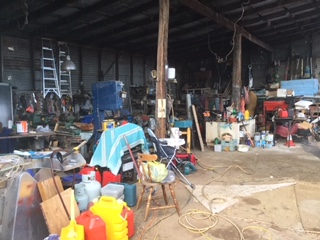
– and the verge on the roadside out the back:
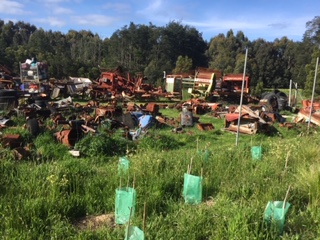
However I was not daunted by the size of the challenge, as the ‘after’ pictures below show:
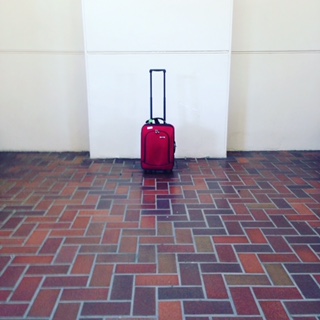

In the course of the immense amount of tidying up done I came across a number of interesting artefacts, including the (now iconic) oil can dating from before the Second World War with the stylish dint in it:
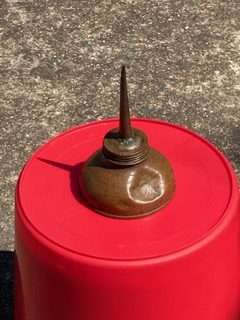
And there were keys – more keys than in a locksmith’s shop – a clockface-full of secateurs, and interesting garden shears.
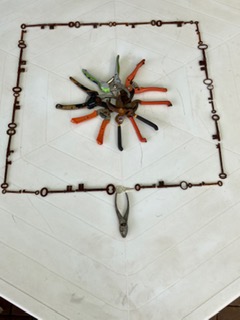
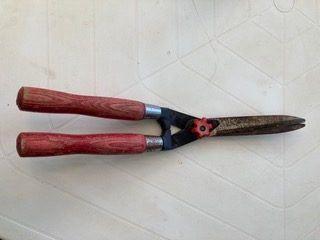
The cunning thing about the design of these shears is that when the blades are brought close enough together to cut anything, the space between the two handles is insufficient to accommodate two hands or fingers. The result is a crushing feeling and cutting of an undesirable kind.
Another pair of shears I re-discovered is ‘Jake’, whose deficiency is more apparent than that of his cunning cousin. When you least expect it Jake can fly off the handle.
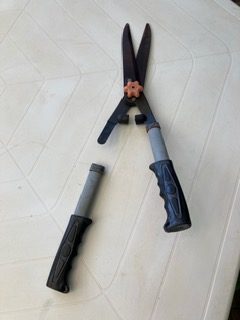
As you can tell the tidying exercise turned up many reminders of times past. In part it was an audit of things kept for 30 years because of the ‘you-never-know-when-something-just-like-this-might-come-in-handy’ syndrome. By which I have been much affected.
The surprising thing is that it happened at all. I now have nuts and bolts in one container and large screws and small screws in two others. And my collared shirts are separated in the wardrobe from my t-shirts.
These things may or may not last. But I will always be a grandpa.


Note: æ is the phonetic symbol for a short ‘a’. Sarah is from north of the line across England that separates those who bæth from those who bɑ:th.

